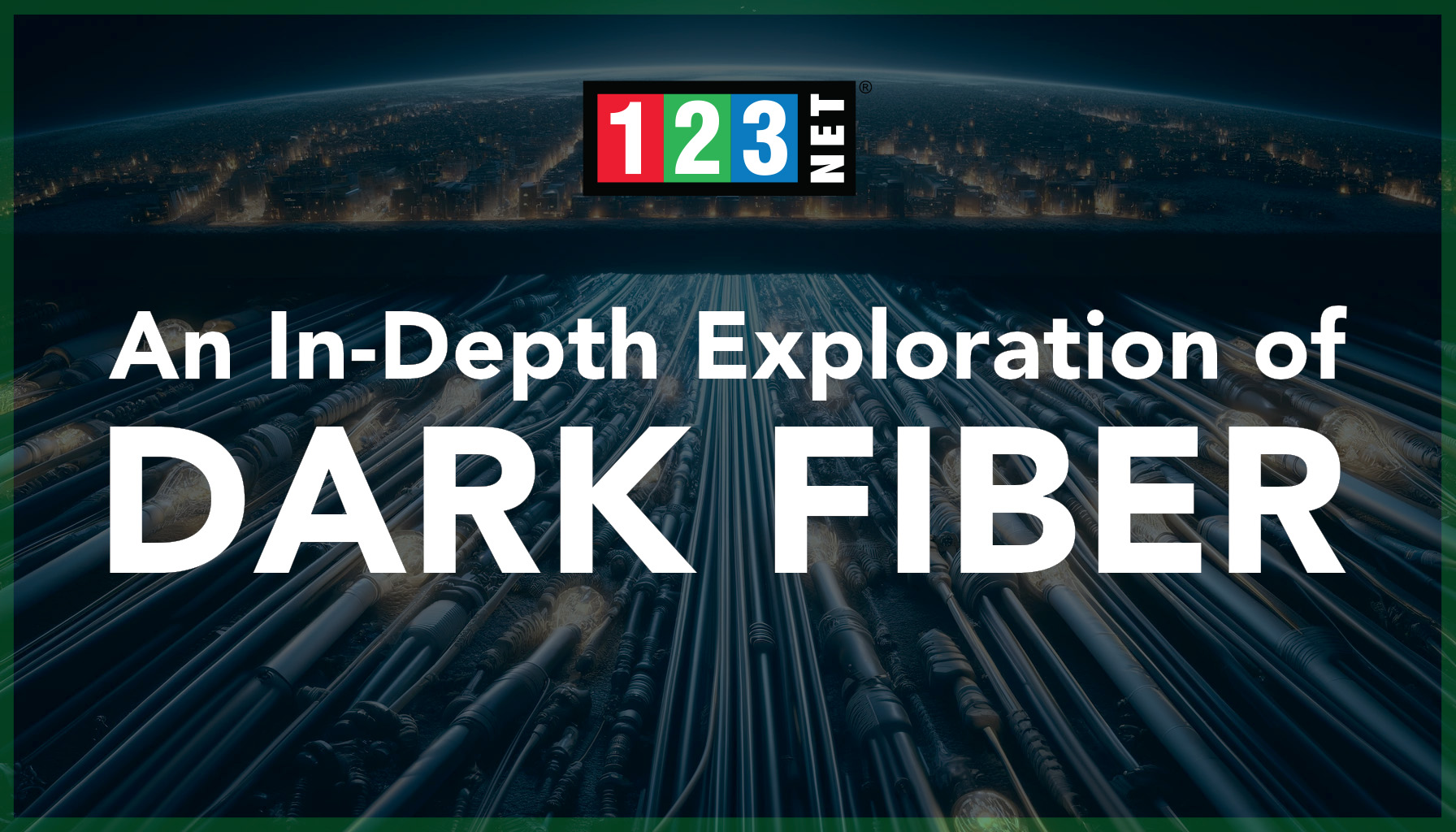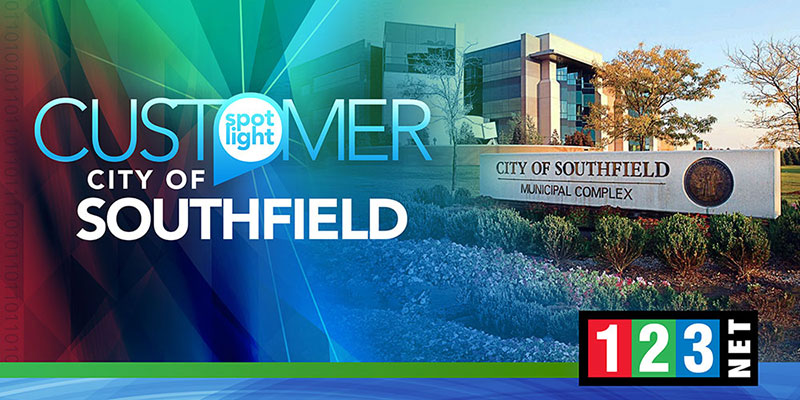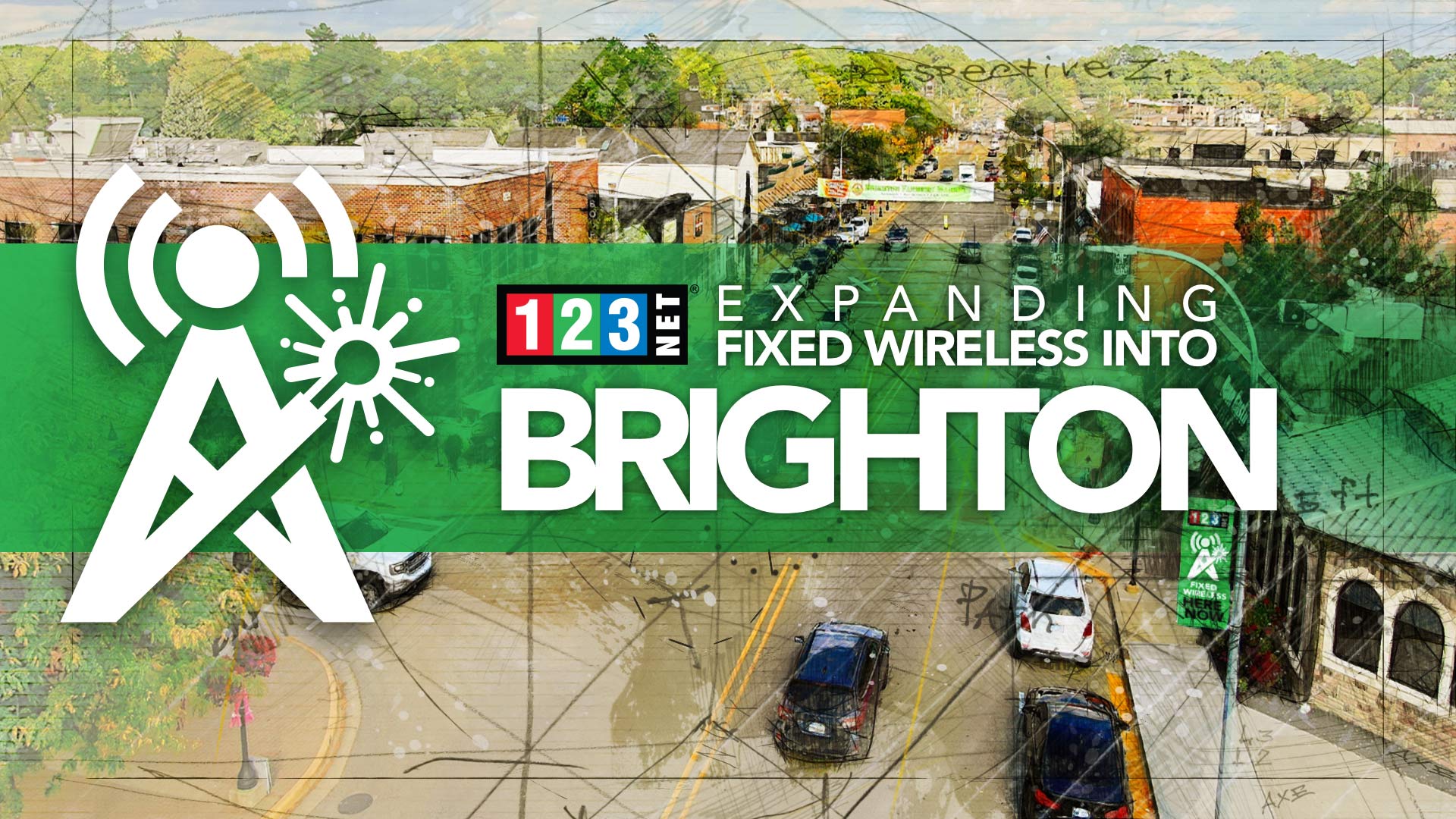
Introduction
In the digital age, the pursuit of faster, more reliable internet is paramount. This has prompted the embrace of fiber optic technologies. Among these, self-provisioned fiber emerges as a standout choice. It offers entities control over their broadband infrastructure. This discussion aims to delve into the core of self-provisioned fiber. We will uncover its benefits and compare it with alternatives. These alternatives include leased lit and dark fiber services. The aim is to highlight the autonomy and efficiency self-provisioned fiber brings to the table. By controlling their networks, entities can tailor their internet services to meet specific needs. This not only ensures optimal performance but also enhances security. Furthermore, self-provisioned fiber can be more cost-effective in the long run. It eliminates the need for ongoing leasing fees associated with other services. In conclusion, self-provisioned fiber represents a significant advancement in internet connectivity. It offers a blend of speed, reliability, and independence unmatched by traditional options.
What is Self-Provisioned Fiber?
Self-provisioned fiber introduces a model where organizations manage their own fiber optic networks. This approach contrasts with leased lit fiber, controlled by service providers, and leased dark fiber, which involves renting fiber strands. Self-provisioning offers full network control, enabling tailored designs and scalability. Entities can thus directly cater to their specific broadband needs with precision.
The trend towards self-provisioned fiber stems from the benefits of cost efficiency, control, and future-proofing infrastructure. By owning their networks, organizations escape recurring lease expenses. They can customize their infrastructure to meet exact needs and swiftly adapt to technological advancements. This self-reliance promotes a more secure and efficient broadband service, directly impacting operational efficiency.
Self-provisioned fiber’s appeal lies in its flexibility and scalability. Entities are not bound by provider limitations or waiting times for upgrades. They can implement changes or expansions quickly, ensuring their infrastructure evolves in line with technological progress and organizational growth. This autonomy also allows for more robust security measures, as the entity controls all aspects of the network.
Moreover, self-provisioning can lead to significant long-term cost savings. Initial investments in infrastructure may be high, but the absence of ongoing leasing fees reduces overall expenses over time. Additionally, self-provisioned networks can be designed for optimal performance, further enhancing the value proposition.
In essence, self-provisioned fiber represents a strategic choice for entities prioritizing control, customization, and cost-effectiveness in their broadband solutions. It positions organizations to better manage their technological destiny, offering a compelling alternative to traditional leased options. As digital demands grow, the ability to directly manage and scale one’s broadband infrastructure becomes an invaluable asset, making self-provisioned fiber an increasingly popular choice.
Benefits of Self-Provisioned Fiber
The advantages of self-provisioned fiber are significant, offering both immediate and long-term benefits. Initially, the cost may seem high due to setup and construction. However, these expenses are balanced by the absence of recurring lease fees, leading to substantial savings over time.
This model grants entities unmatched control and flexibility. They can tailor their networks to current requirements and adjust as needs expand. Such control also applies to maintenance and updates, maintaining network efficiency.
Self-provisioned fiber embodies scalability and the ability to future-proof. Organizations can update their infrastructure with the latest technology independently, ensuring continuous access to advanced broadband speeds.
Moreover, self-provisioning empowers entities with direct oversight over their digital infrastructure. This direct management means quicker responses to technological shifts or operational needs, enhancing agility.
The elimination of dependency on external providers for network enhancements or repairs stands out as another benefit. Entities can implement changes or address issues without delay, ensuring minimal downtime.
Additionally, self-provisioned fiber supports enhanced security measures. Organizations can implement and manage their own security protocols, reducing vulnerabilities associated with shared or provider-managed networks.
The ability to design a network that precisely aligns with an entity’s strategic goals further underscores the value of self-provisioning. This bespoke approach ensures that the infrastructure can support unique applications and data traffic patterns.
In summary, self-provisioned fiber offers a compelling mix of cost savings, control, scalability, and security. These benefits make it an attractive option for entities looking to optimize their broadband infrastructure while maintaining the flexibility to adapt to future technological advancements.

How Self-Provisioned Fiber Works
Creating a self-provisioned fiber network is a multi-step endeavor requiring detailed preparation and execution. Initially, entities must conduct extensive planning. This involves assessing network capacity, coverage, and how the new system will integrate with existing setups. A technology-neutral bidding process is often employed to guarantee the selection of cost-effective and efficient solutions.
After planning, the deployment phase kicks off. This stage encompasses the installation of fiber optic cables, necessary hardware, and network configuration to ensure peak operation. A key focus during deployment is on the network’s design and its ability to scale, accommodating future expansion and technological advancements.
The success of a self-provisioned fiber network also hinges on diligent maintenance and management. Entities are tasked with developing routines for network evaluations, updates, and issue resolution to preserve access speed and dependability.
Additionally, the deployment phase may involve navigating regulatory requirements and securing right-of-way agreements. Such legal considerations are vital for laying cables and installing infrastructure, particularly in urban or densely populated areas.
Another critical aspect is the training of personnel or the hiring of specialists capable of managing the sophisticated technology of a fiber network. This ensures the entity has the expertise to address any issues that arise promptly.
Equally important is the establishment of a robust security protocol. Protecting the network from cyber threats is essential to safeguard data and maintain service integrity.
Furthermore, entities must consider the long-term scalability of their network. Planning for future capacity needs and technological shifts is crucial to avoid obsolescence.
In conclusion, the process of setting up a self-provisioned fiber network is comprehensive, involving planning, deployment, and ongoing management. Each step is critical to achieving a network that is not only efficient and reliable but also capable of evolving with technological advances and growing demands.

Eligible Charges and E-Rate Support
Self-provisioned fiber projects are supported by E-Rate funding, aimed at assisting U.S. schools and libraries with obtaining affordable broadband. This program covers various costs for eligible self-provisioned networks, including special construction, network equipment, and maintenance. By leveraging E-Rate support, educational institutions can mitigate the financial challenges of establishing a self-provisioned network. This initiative makes high-speed internet more accessible, enhancing educational resources. E-Rate’s contribution is pivotal in bridging the digital divide, ensuring schools and libraries can provide modern, efficient internet access to students and patrons. Entities looking to deploy self-provisioned fiber should closely examine E-Rate eligibility requirements to maximize funding opportunities, thus facilitating improved broadband infrastructure within educational environments.
Special Construction Charges and Funding
Special construction charges are critical in establishing a new fiber network. These costs cover the installation of fiber optic cables, infrastructure setup, and any necessary civil work. To alleviate these initial expenses, entities can utilize E-Rate funding or seek other special construction funding sources. Accessing these funds significantly lowers the financial barriers to network deployment. This support is crucial for entities aiming to enhance their broadband capabilities without straining their budgets. Special construction funding plays a fundamental role in expanding access to high-speed internet, especially in underserved areas. Entities embarking on fiber projects are encouraged to explore all available funding avenues to minimize costs and accelerate the deployment of robust broadband networks.
Sharing Self-Provisioned Networks
Entities owning self-provisioned fiber networks have the opportunity to share their infrastructure. This arrangement allows third parties to utilize the network, contributing to the costs. Sharing helps the primary entity recoup some investment costs while broadening broadband access. For such agreements to be effective, they must be meticulously documented and comply with E-Rate program guidelines. This ensures both parties benefit fairly and funding eligibility remains intact. Infrastructure sharing not only enhances network utilization but also fosters community-wide connectivity improvements. By adopting a collaborative approach, entities can extend the benefits of high-speed internet to a larger audience, promoting digital inclusivity.
Competitive Bidding and Cost-Effectiveness
The E-Rate program emphasizes competitive bidding to guarantee cost-effective broadband solutions for schools and libraries. Entities pursuing self-provisioned fiber must thoroughly evaluate bids, considering price, network design, scalability, and long-term service capabilities. This rigorous selection process ensures that the chosen solution offers the greatest value, aligning with the entity’s broadband objectives. Competitive bidding encourages transparency and fairness, driving down costs while elevating service quality. By adhering to this principle, entities can secure advanced broadband infrastructure that meets their needs at the best possible price, laying the foundation for a future-ready educational environment.
Conclusion
Self-provisioned fiber represents a strategic investment in an entity’s digital future, offering control, scalability, and cost-effectiveness. By understanding the benefits, processes, and funding opportunities associated with self-provisioned fiber, entities can make informed decisions that ensure their communities have access to the high-speed broadband necessary in today’s digital world.




